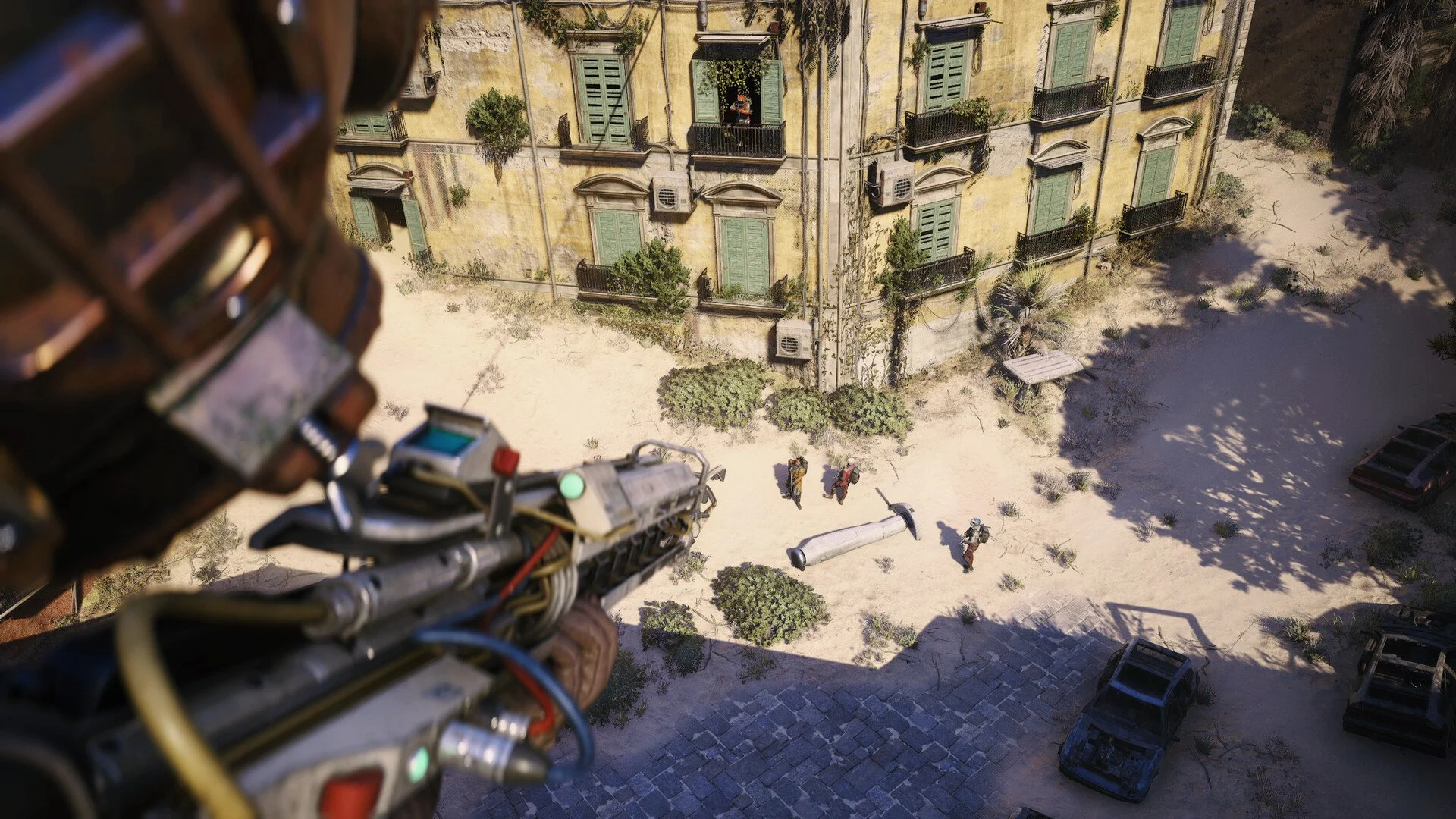The Magical Co-Op Of Cuphead
/The Magical Co-Op Of Cuphead
Cuphead is so many things. The very fact that it exists at all is a triumph of human willpower, ingenuity, boss design, and visual artistry in gaming. It’s so precise, tough, and unforgiving that beating it feels simultaneously like an act of absolute endurance and an exercise in madness.
It’s also so much fun that even after thousands of deaths, it remains impossible to put down. What’s more, a large amount of the enjoyment I received from the game was due to the manic fun I received from being able to tackle its trials with my closest family and loved ones.
Never has a game woven such a magical spell on me that, after beating the final boss, I immediately started fighting older bosses again, just to recapture the thrill of it all.
It all began several months ago. I met my lovely girlfriend, Theresa, in Japan in October of last year. A month later, we were talking about video games, and Cuphead came up. I don’t own a gaming PC or Xbox One, so when I drove 10 hours from Central California to Phoenix to meet her family for the first time, I asked if she’d be all right with purchasing the game on her gaming laptop, and whether she’d want to tackle the game with me. Saying yes meant getting into a long-term commitment, and we began a months-long gaming gauntlet.
With only a couple of hours every day at our disposal, we acquainted ourselves with the controls and basics and took on a segment of the first Inkwell Isle. It was soon time for me to return to my work, and for her to return to hers. Meeting the family went well, but the cruelty of Cuphead would have to wait another couple of months to inflict itself upon us.
When Theresa flew in to visit, we were in the depths of winter, and were stationed in the middle of nowhere watching my family’s herd of goats as they gave birth, and in our free time, all we (or maybe I?) ever wanted to do was to play Cuphead.
My brothers and future sister-in-law also got addicted. We took turns tackling the Inkwell Isles in pairs, and I was reminded of the magic of the camaraderie of truly difficult co-op games in years past. While storms were raging outside, the four of us were hopping on moving clouds and tackling Grim Matchstick. At our farmhouse, the game hooked up to an HD video projector, we spent nearly an entire evening battling Rumor Honeybottoms.
When I visited Theresa in Phoenix again a month or so later, we managed to blaze through the rest of Inkwell Isle Three and get all of the Coins. We spent so long on the King Dice challenge, we didn’t have time to beat the Devil. But just a few weeks ago, she visited me, and, after a long hiatus from the title, she was content to watch as I defeated the demon and won my own freedom from Cuphead’s spell.
The Cuphead gauntlet was so fun, it made me pause and ask just what it was about this game that was so amazing, entrancing, addictive, and rewarding, although it was often ridiculously punishing or confusing.
Maybe it’s because I absolutely love co-op campaigns. They’re among some of my favorite gaming memories. Playing Final Fantasy Crystal Chronicles on the GameCube with my siblings. Triple-teaming the Capcom arcade classic Dungeons & Dragons: Shadow over Mystara with my brothers. Run-and-gun gems like the Contra, Metal Slug, and The Red Star games also come to mind.
But what elevates Cuphead is that it was founded on a great many smart design choices, choices that demand the best from its players - pattern recognition, attention to changing surroundings, smart weapon and loadout decisions, and precise timing. With a few exceptions, such as the aforementioned Rumor Honeybottoms fight, whose random assortment of honeycomb platforms made for an often-frustrating experience, Cuphead’s difficulty feels fair.
Similar to how its art style is based upon 1930s-era cartoons, Cuphead’s difficulty harkens back to the NES/arcade days, when replay value was derived from blisteringly tough, but addictive, gameplay. Cuphead also improves upon those often-janky titles with the precision of its physics and the fluidity of its movement.
Cuphead’s short boss battles and run-and-guns, coupled with the ability to quickly restart each level, counter-balances the pattern-based difficulty. It laser-focuses the player’s skills through a refined and condensed series of sequential challenges. As long as you don’t give up, no challenge is insurmountable, and if, racked with exhaustion, you need to sleep on a boss, you might just be able to wake up and knock it out first thing in the morning, as happened to me with Dr. Kahl’s Robot.
While making one’s way through the boss forms alone is a hell of a rewarding gauntlet, there is a definite plus to playing with a friend. In Studio MDHR’s genius, it’s possible to save a recently deceased co-op partner by parrying their ghost following their death. This prolongs the length of time you can live, and subsequently cuts down the number of lives you need to spend to learn all of a boss’ patterns. This mechanic allows you all to ‘cheat’ progress in a fight, hanging on by the skin of your teeth.
If I had to describe the perfect co-op gaming gauntlet, Cuphead wouldn’t be too far off the mark. I’m just so grateful that this beautiful game exists, and I can’t wait to see what Studio MDHR comes up with for the (certainly to be long-in-gestation) sequel.












Valve revealed their next batch of hardware that will align with their Steam Deck portable device - The Steam Machine, the new VR headset the Steam Frame, and a new Steam controller.